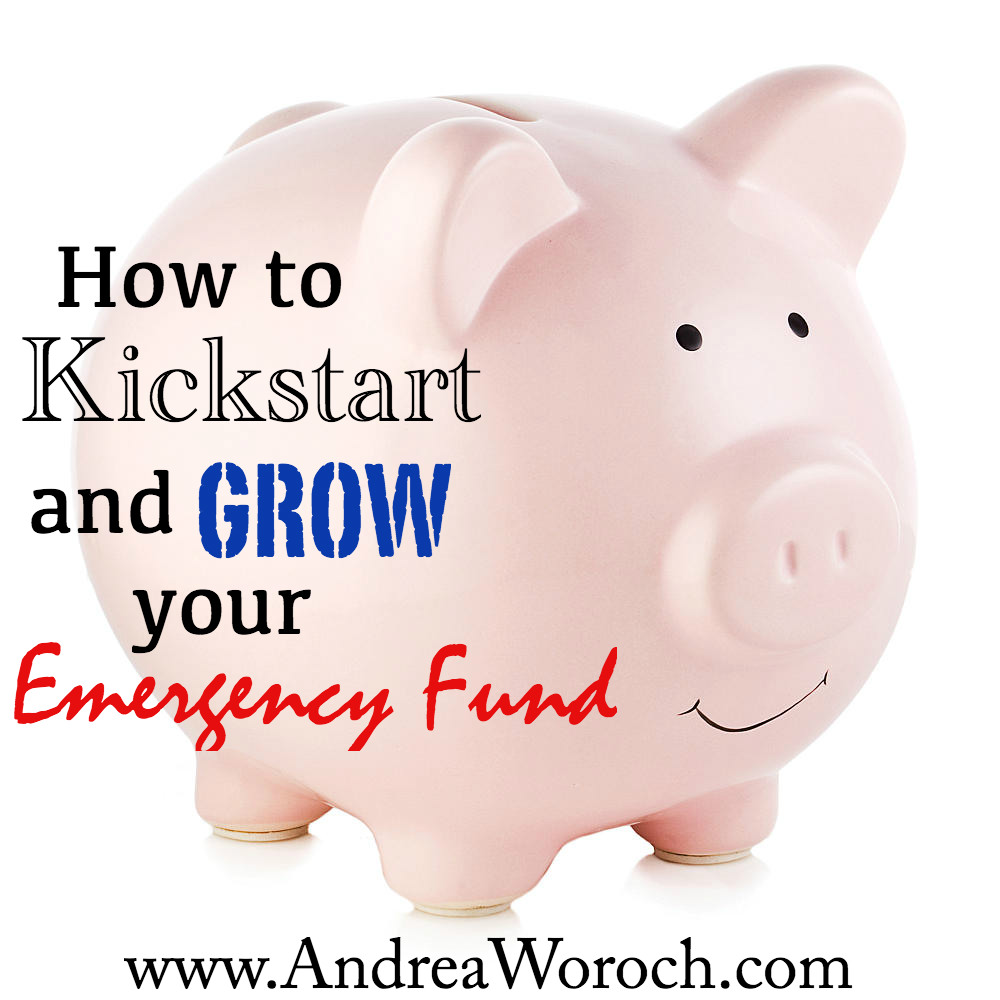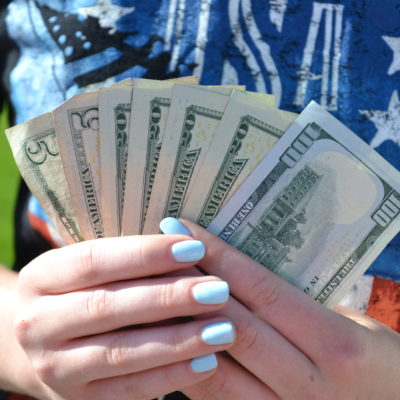
Though having a rainy-day fund seems like a no-brainer, 1 in 4 Americans claim to have higher balances on their credit cards than in their savings accounts. Some believe their already tight finances won’t allow for an emergency funds, while others simply don’t see it as a priority.
Unfortunately, events like job loss, car trouble, home repair and urgent medical care can affect us all at any given time. Since April is National Financial Literacy Month, there’s no time like the present to create a financial cushion. Whether you’re unsure of how to begin or how much money to put away for an emergency fund, consider this list of helpful tips to get started.
1. Estimate your true cost of living.
To do this, review the following expenses for two months: rent or mortgage, groceries, insurance, clothing, entertainment, dining out, and miscellaneous. Doing this will help you determine an average expenditure for your monthly costs and identify how much money is going toward unnecessary expenses.
2. Do the math.
Once you determine how much you spend on average, take the number and multiply it by six. This will give you the amount of money you need to put aside to cover six months of expenses in the event of an emergency.
3. Find a sweet spot.
Determine a realistic savings plan to reach your goal. For example, if you want to save $18,000 because you spend approximately $3,000 a month, you’ll want to put away $500 per month for three years. Too much? Cut it in half and save for a three-month emergency fund in three years. Ultimately, every little bit counts and you can always add more during months of surplus or cut unnecessary expenses to beef up your contributions.
4. Automate your savings.
Automate your savings by selecting a certain percentage of your paycheck to be transferred directly into this account. Otherwise, set weekly auto transfers from your bank account for minimal amounts you won’t miss. In the long run this will really pad your savings.
5. Save on everyday expenses.
From clipping coupons for groceries to cutting back on movie channels, there are plenty of easy ways to reduce your monthly costs and stash the extra cash. Watch this segment to learn how to save 10-percent on nearly everything so you can start putting away more each month.
6. Supplement your income.
Making extra money doesn’t have to be as daunting as getting a second job. It can be as easy as going through your closet for consignment-worthy clothes or turning your photography habit into a freelance gig. In fact, you can even sell unused gift cards for cash using GiftCardGranny.com, where you can select the best offer from up to seven resellers and get up to 92-percent of your card’s value.
7. Keep your distance.
Human nature leads many to sabotage their rainy-day funds when extra cash is needed for an upcoming trip or must-have dress. If your funds aren’t easily accessed or separate from your bank account, you’re less likely to dip into them. Consider opening a certificate of deposit, money market account or online savings account to protect your emergency savings from yourself.
8. Pay yourself.
Every time you hold yourself back from an impulse buy, transfer that money to savings. Every time you DIY — whether it’s cleaning your house, washing your car or doing your own nails — put what you saved into your emergency fund. Once you see your savings grow, you’ll be more motivated to continue cutting back and putting cash aside.
Save for the things that matter
Without giving up the things you love
Want your family’s financial future to feel safe and secure? Download my Easy Family Budget Worksheet and take control of your family’s finances in just 10 minutes!



